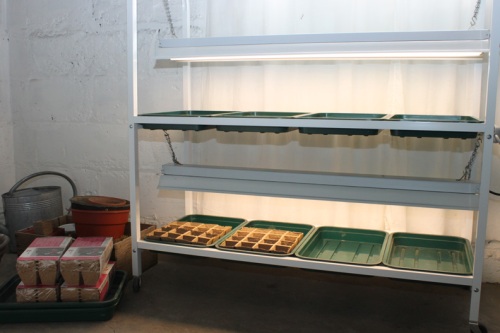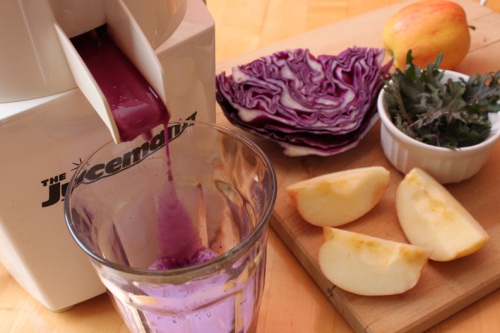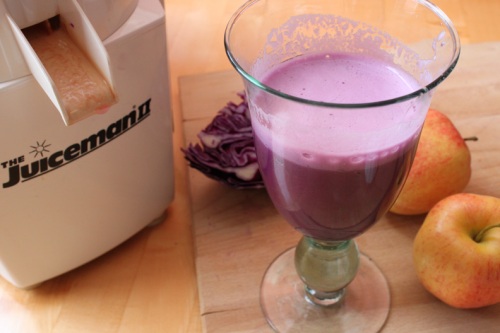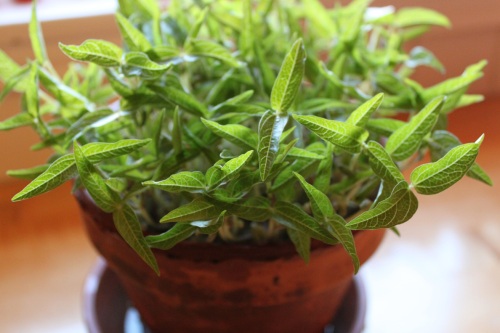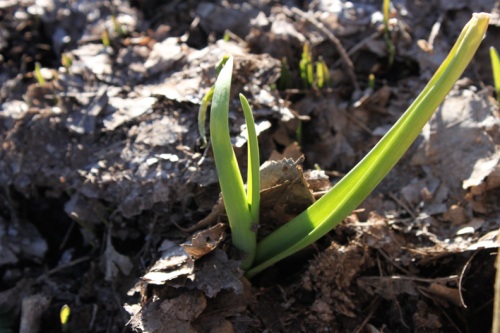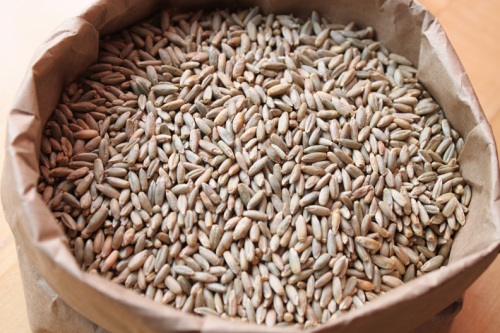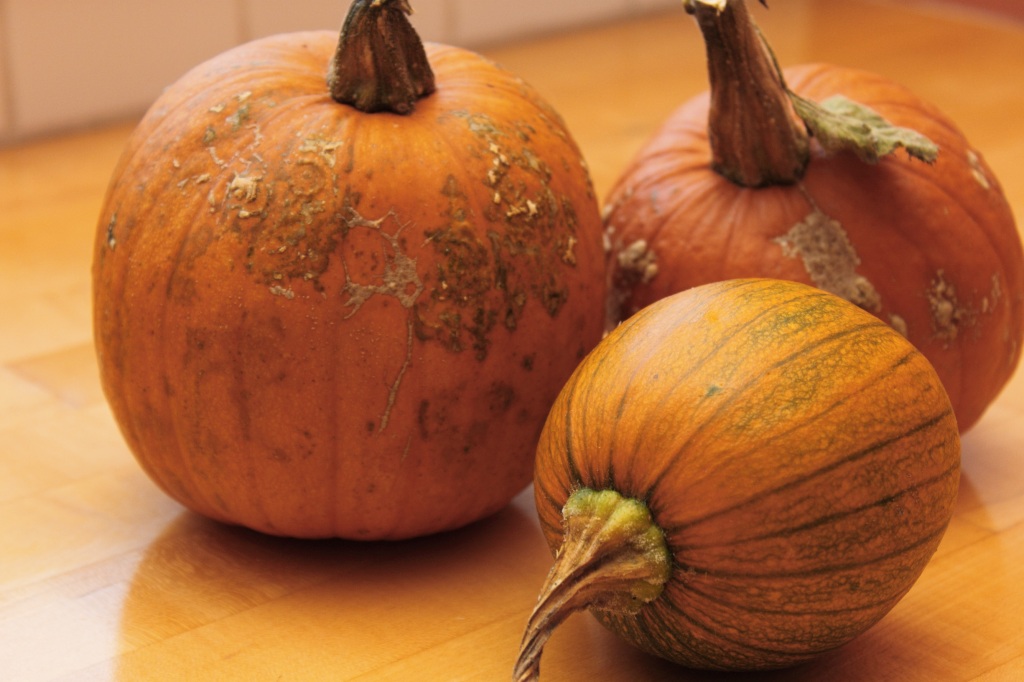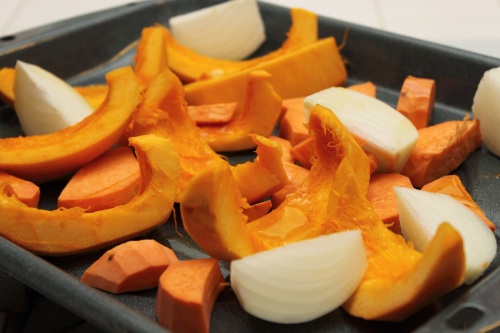They say one man’s trash is another man’s treasure, and that’s certainly true with this recent find on Freecycle.
In early fall, I saw a posting for a grow-light system that almost seemed too good to be true. The post had a link to a photo of a similar grow-light system. It looked really nice and after a little digging online, I found it was quite an expensive system. I replied to the post, explained that I was a community gardener and that I would really put it to good use. I’m sure the woman got a lot of replies, so I kept my fingers crossed. I was thrilled when I received a reply that the grow-light system was mine.
I got the address, pulled in the driveway, and my jaw dropped when I saw it by their garage. The grow-light was considerably larger than the “similar” photo posted… and I had arrived in a 2-door Honda Civic! No problem, said the woman. And her teenage son appeared with a screwdriver to take it apart and in minutes I was off, with the grow-light system rattling around in the back, over my folded down back seats.
When I got home, I quickly re-assembled it, thinking again, too good to be true, it’s got to be broken. But no, it not only works fine but came with all the trays, fluorescent lights and practically a lifetime supply of peat pots.
I’m excited to put it to use! I took a class last week at the Civic Garden Center called “Seed Starting Basics” and learned so much which I’ll share in a later post. But the one important thing I learned with regard to grow-light systems, is that there should be one “cool” and one “warm” fluorescent light above the plants (or a full-spectrum bulb). I checked my lights, and since all were marked “cool,” I bought 2 warm lights and replaced one in each tier. In the photo below, I took the light down and flipped it on its side so you can see the difference between the two lights while they are on.
I am SO ready for spring, and can’t wait to start those little seeds. Since the grow-light system has way more plant spaces than I’ll need for my 4’x 10′ little veggie garden, I’m going to take this gift and “pay it forward” and share it with my garden friends.
